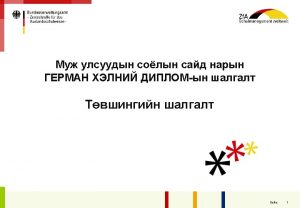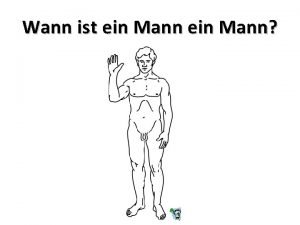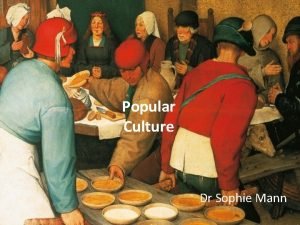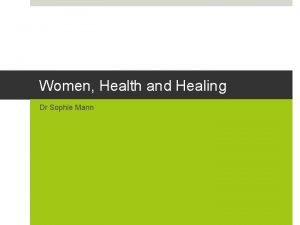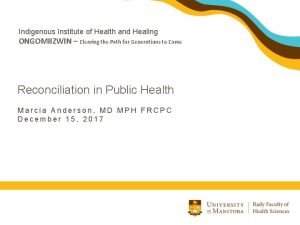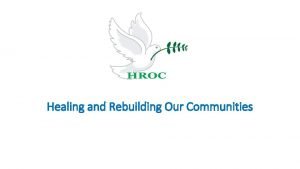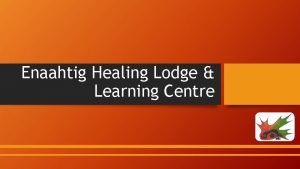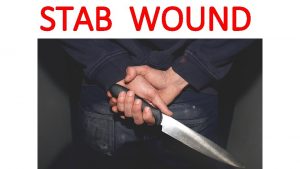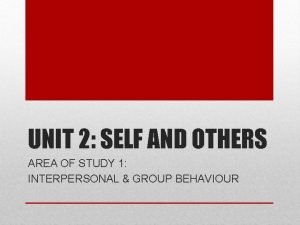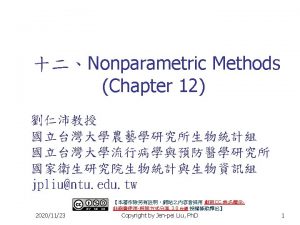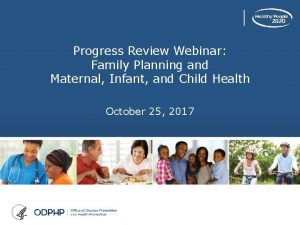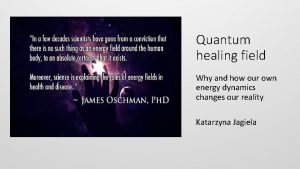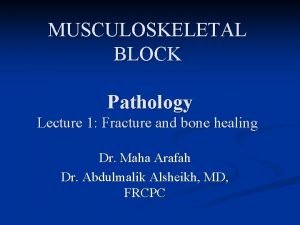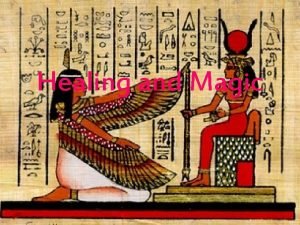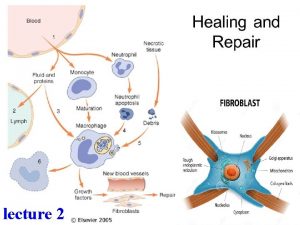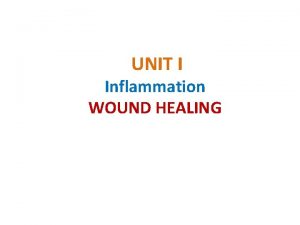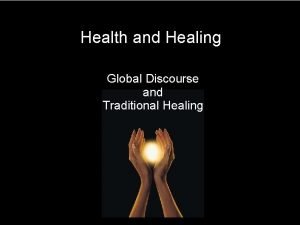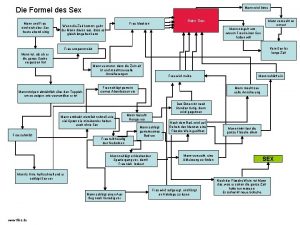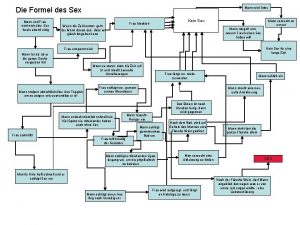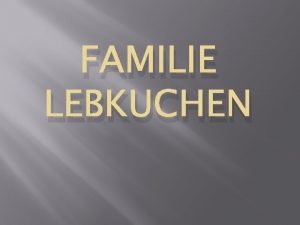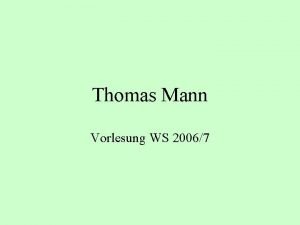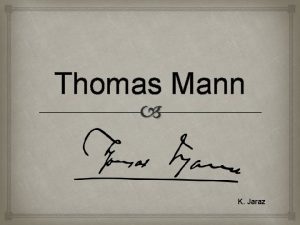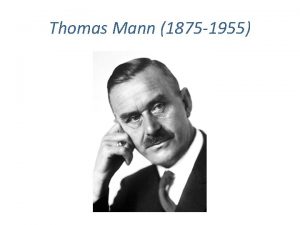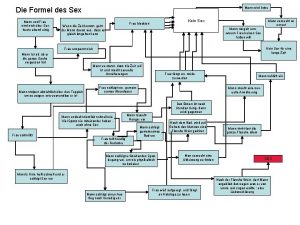Women Health and Healing Dr Sophie Mann Women

















- Slides: 17

Women, Health and Healing Dr Sophie Mann

Women in the Sphere of Medicine Women played a substantial role in health and healing in early modern Europe. They have been undercounted in studies that rely on occupational labels, but when we look at healing in the community we can see women provided a strikingly broad range of medical services. Women, in other words, were central to health and healing before 1800.

Women in the ‘Medical Marketplace’ Although women often practised medicine in domestic settings, female practitioners should not be considered in isolation from larger intellectual, cultural and market forces that shaped men’s healing work. The purchase and use of medicines integrated female consumers into broader processes of commercialisation and commodification. Medical expertise were widespread across society. Therapeutic practices and, to a large extent, medical theories of qualified and lay healers often overlapped Women were active consumers of a new and ever-increasing genre of popular medical literature.

Nicholas Culpeper, Culpeper’s School of Physick (1678)

John Gerard, The herball or Generall historie of plantes. Gathered by Iohn Gerarde of London Master in Chirurgerie (1633)

Domestic Medicine There was a widespread practice of self-treatment, of familybased treatment and lay treatment offered by neighbours. And it was female members of the family especially who were seen as sources of medical knowledge and treatment. The primary arena for medical treatment in the pre-modern era was the household. Women as cultivators and communicators of medical information.

Jane Parker’s Medical Recipe Book (1651), Wellcome Library, MS. 3769

An ointment used for aches in the bones, bruises and sores

Anne Brumwich, Medical Recipe Book (1625), Wellcome Library MS. 160 Pages detailing a number of surgical remedies

A Book of Phisick (1710), Wellcome Library MS 1320

A series of remedies for staunching ‘outward’ and ‘inward’ bleeding

Medicine in the Community: Surgical Shops We have evidence of women’s managerial involvement in London’s surgical shops, dressing patient’s wounds, helping to prepare surgical remedies, and taking an acting role in training up surgical apprentices. Records of the Barber Surgeon’s Company demonstrate that women affiliated with the company through marriage could participate in the operation of family surgical shops, provided their behaviour did not explicitly compromise patriarchal authority within the household or threaten the company’s public reputation, corporate social status, or the privileging of male occupational authority.

Medicine in the Community: Pregnancy and Childbirth The experience of marital relations and childbirth gave married women a unique knowledge and authority: wives and widows claimed to be able to detect the signs of pregnancy, to calculate the maturity and paternity of newborn children, and to differentiate stillbirths from infanticides. Knowing the body gave some women a stake in the judicial system. Expert matrons, who generally included midwives, were appointed to examine women seeking annulments on the grounds of nonconsummation. Midwives might also be given the task of searching women for signs of pregnancy, which could save a convicted woman, temporarily, from execution. Their findings were not always consistent with medical probability. For example, sometimes convicted women continued to be found pregnant for a year.

Medicine in the Community: Medical Charity Medicine was couched in notions of divine favour, Christian duty and Christian charity. Women were particularly active practitioners of medical charity, confirming their reputation as knowledgeable and accomplished healers.

Examples of Medical Charity Margaret Hoby (1571 -1633) often distributed free medicines to her workmen and servants, and paid regular visits to the sick and needy in her local community of Hackness in Yorkshire. Lady Joan Barrington (1558 -1641) of Essex was highly regarded for her medical knowledge and skill, and was frequently consulted for advice on the treatment of sick children. She also supplied poor neighbours with free medicines. Mary Rich (1624 -1678), a gentlewomen from Leighs, Essex, produced medicines on a large scale for poor neighbours. She was also visited by them due to her reputed skills in surgery and physic.

Medical Charity and Religious Instruction Illness was often seen as a teachable moment, a time when the healer could encourage the sufferer to greater acts of piety. Tending to the sick body was a religious as well as a medical act, and when practiced amongst religious rivals, this could open up opportunities to instruct, proselytise and even convert your patients.

The case of Sister Dorothea A member of the Catholic Institute for the Blessed Virgin Mary, and widely regarded for healing skills. “I went for three weeks to live with a gentlewoman who was newly become a Catholic. “I soon gained their affections, by serving and tending them both, and making medicines and salves, and teaching them to do the same” “The gentlewoman was earnest for my stay, and I perceiving much good there to be done, in particular aiming at the conversion of four there, I was content to stay”. Case study relayed in Henry James Coleridge, ed. , The Life of Mary Ward 1585 -1645 (1885).
 Michael mann anthony mann
Michael mann anthony mann Männer herbert grönemeyer analyse
Männer herbert grönemeyer analyse Sophie mann
Sophie mann Sophie mann
Sophie mann Institute of health and healing
Institute of health and healing Hroc target
Hroc target Factors affecting wound healing local and systemic
Factors affecting wound healing local and systemic Enaahtig orillia
Enaahtig orillia Wedge shaped wound
Wedge shaped wound Went about doing good
Went about doing good Kilham and mann 1974
Kilham and mann 1974 Advantages of wilcoxon signed rank test
Advantages of wilcoxon signed rank test Women's health alliance
Women's health alliance Borrego dental program
Borrego dental program Global quantum healing
Global quantum healing Whakatauki about healing
Whakatauki about healing Perkins formula fracture healing
Perkins formula fracture healing Egypt medicine
Egypt medicine
